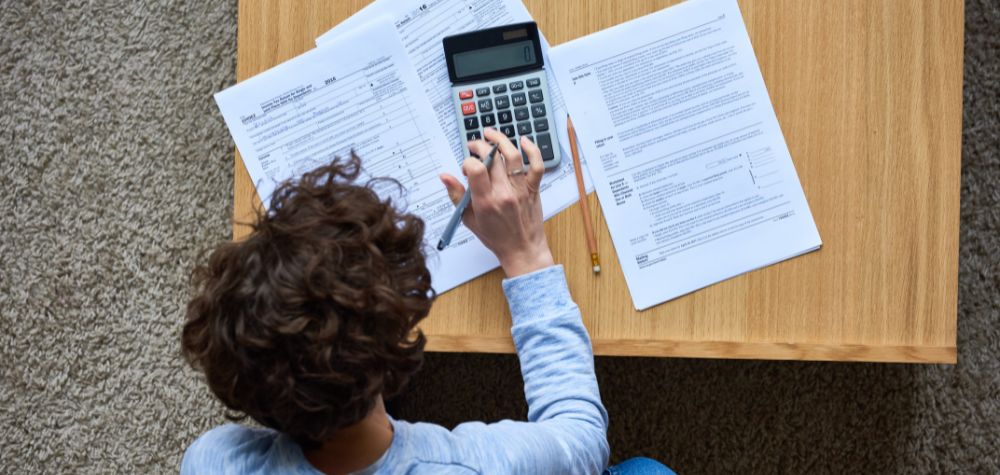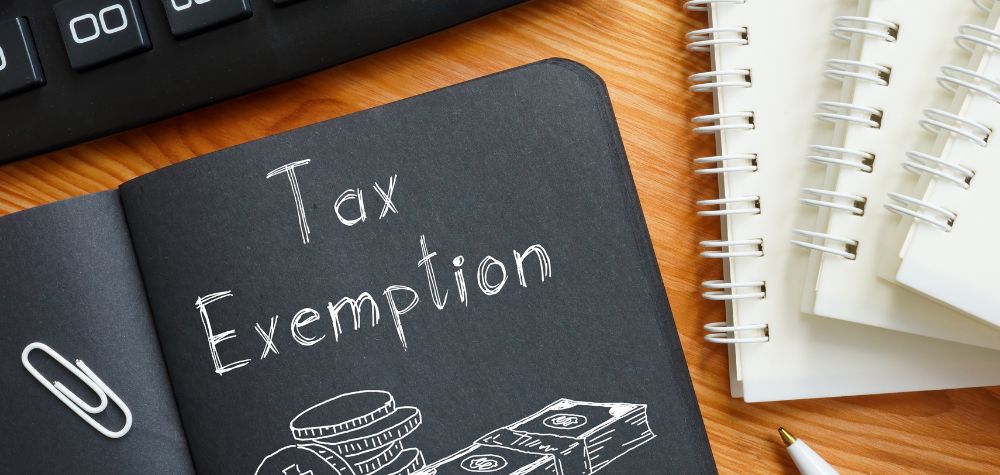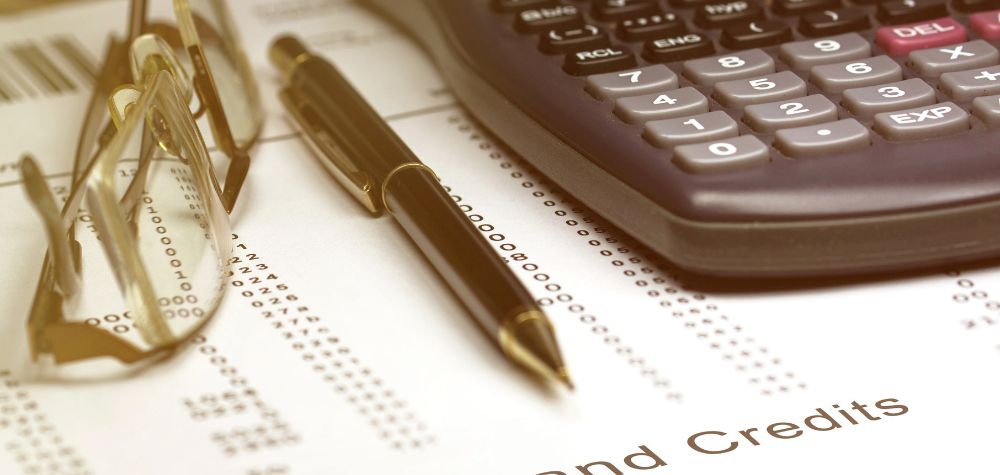
As Australia braces for another bushfire season, it’s crucial to be prepared for a range of challenges, from evacuation plans to emergency-go-bags. Amidst all the chaos, you might wonder if your tax obligations should be a top priority. While it may not be your primary concern, understanding how to handle your tax records in the event of a natural disaster can be a lifesaver.
Reconstructing Tax Records After a Natural Disaster
When your tax records have been lost, damaged, or destroyed due to a natural disaster, there are steps you can take to reconstruct them. The Australian Taxation Office (ATO) is there to help in such unfortunate situations. Here’s how they provide support:
- Lodgment Deferrals: The ATO allows for deferrals of activity statements or tax returns without penalties, giving you some breathing room to address more immediate concerns.
- Time to Pay Tax Debts: You’ll have additional time to pay tax debts without incurring general interest charges, offering financial relief during a difficult period.
- Tax Payments by Instalments: If needed, the ATO can arrange for tax payments to be made in instalments, making it more manageable for those affected.
- Fast-Tracking Refunds: To expedite the process, the ATO fast-tracks refunds, helping individuals and businesses regain some financial stability.
- Field Visits: In some cases, the ATO can arrange field visits to assist in reconstructing tax records, ensuring you’re not alone in this process.
Recovering Lost Tax Documents
In the aftermath of a natural disaster, the ATO can hold and re-issue or supply copies of essential tax documents, including:
- Income tax returns
- Activity statements
- Notices of assessment
If you’ve lost your Tax File Number (TFN), don’t worry. You can still access your tax information by contacting the ATO. They can verify your identity using alternative information like your date of birth, address, or bank account details.
Employer and Bank Support
Your employer should have copies of your PAYG payment summaries, which can be crucial for your tax records. Additionally, banks can often provide bank records that have been destroyed, helping you reconstruct your financial history.
Claiming Deductions for Replacement Services
If your bank charges a fee for replacing bank records or providing services to help reconstruct records due to a disaster, you can claim a deduction in the income year when those fees are charged. This helps alleviate some of the financial burden of replacing lost documents.
Claiming Without Substantiation
In cases where it’s impossible to obtain the original documents to substantiate your claims made in tax returns or activity statements due to damage or destruction, the ATO can accept the claim without substantiation. They understand that some situations make it challenging to provide the usual documentation.
In a time of crisis, like a bushfire or other natural disasters, your focus is understandably on safety and immediate needs. However, understanding the support available from the ATO and knowing how to handle your tax records can help ease your financial burden and keep you on the right track even in the face of adversity. Remember, you’re not alone, and there are resources and assistance available to help you recover and rebuild.










